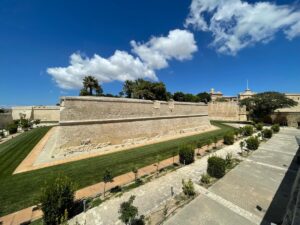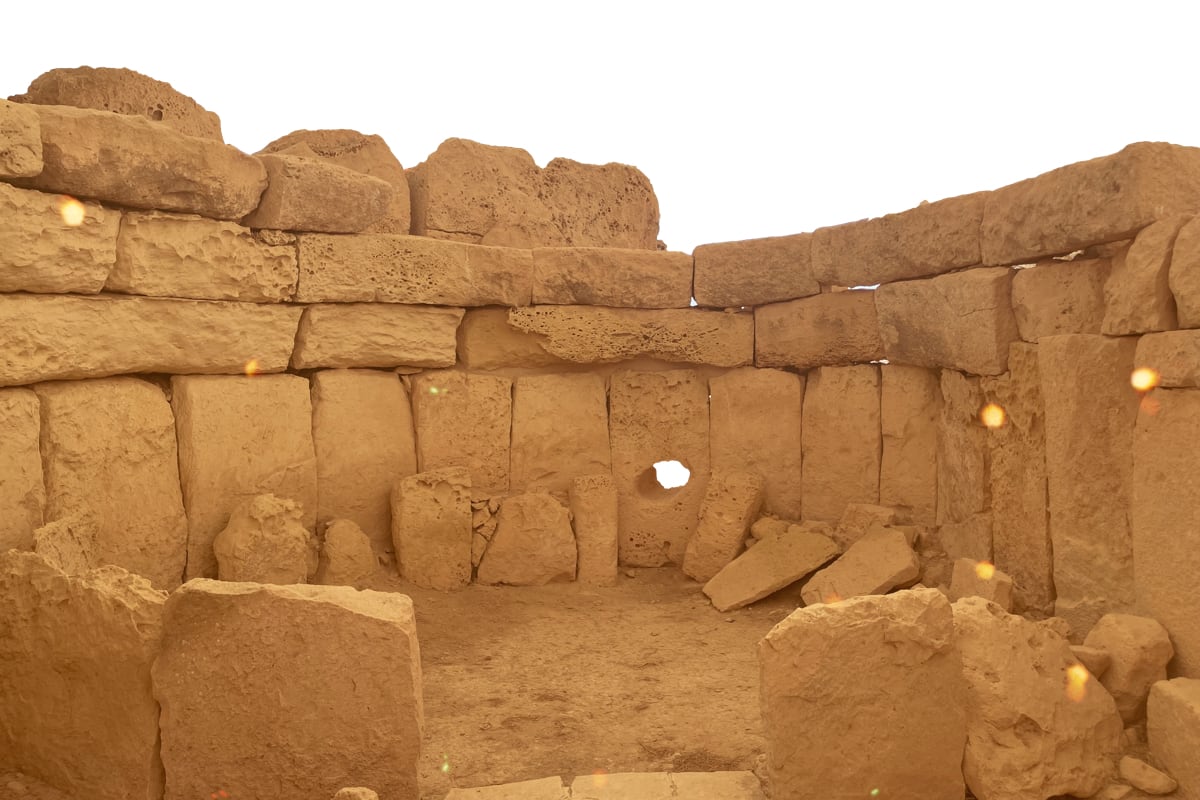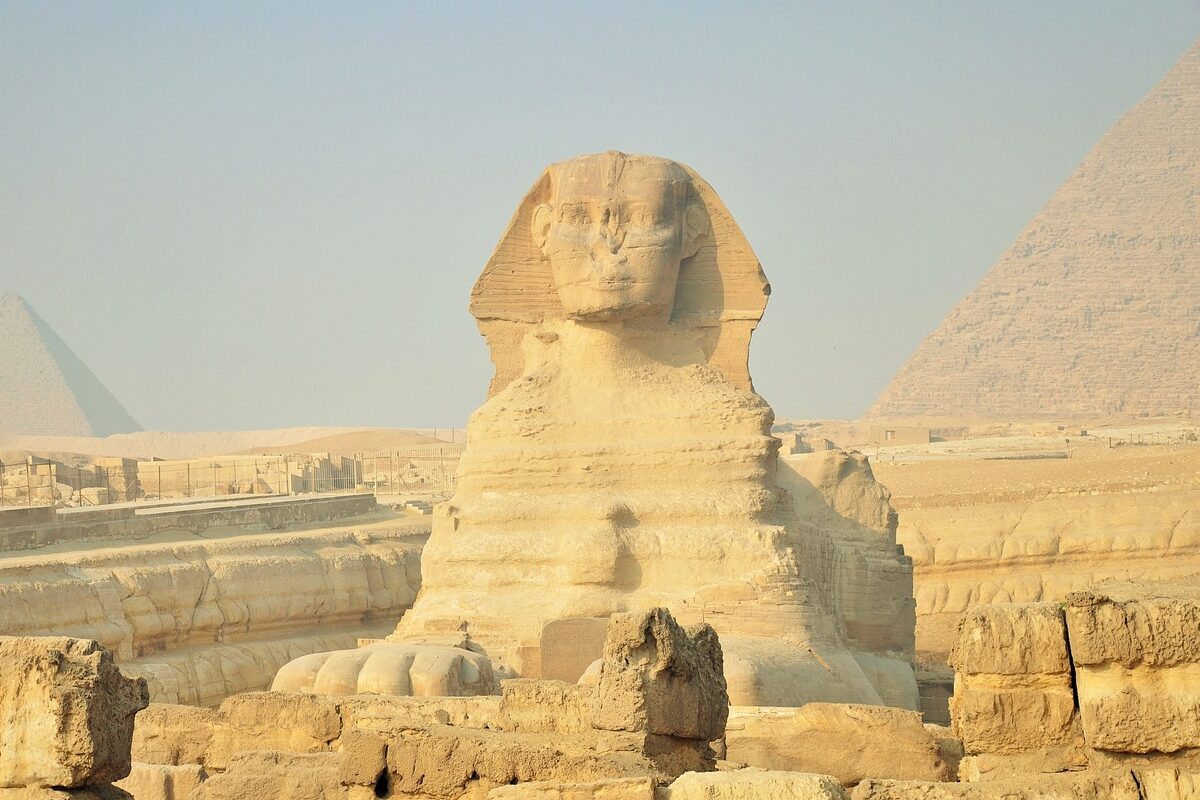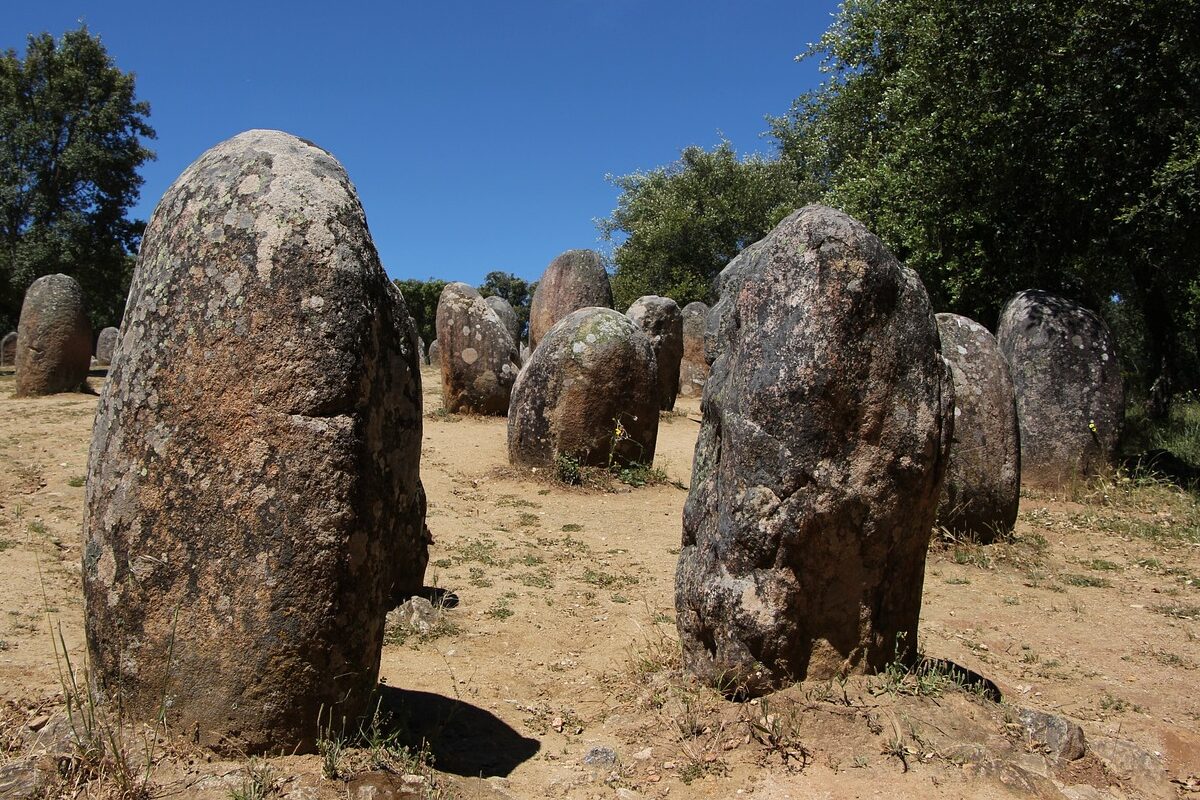Every story needs places—locations that ground its characters, heighten its action, and immerse its readers in a vivid, believable world.
By weaving real locations into the fabric of the story, the author creates a seamless blend of fact and fiction, drawing readers into a journey that feels authentic and thrilling. From Malta’s ancient temples to the enigmatic Göbekli Tepe, these places are more than mere backdrops—they are gateways to hidden truths and the perfect stage for the story’s fascinating characters and compelling events.
Let’s delve into the real-life inspiration behind some of these captivating settings and uncover what makes them so extraordinary.
= WARNING: This article contains some mild spoilers =
Paceville, Malta: The heart of Malta’s nightlife
 Paceville is Malta’s most vibrant district, known for its electrifying nightlife, bustling streets, and youthful energy. Nestled near St. Julian’s, this area is packed with clubs, bars, and restaurants that pulse with life well into the early hours. Beneath the partygoers’ feet lies a foundation of cobblestones that whisper stories of Malta’s layered past. Though modern-day visitors come for the music and cocktails, the area’s proximity to Malta’s harbors suggests it has long been a point of transit and intrigue.
Paceville is Malta’s most vibrant district, known for its electrifying nightlife, bustling streets, and youthful energy. Nestled near St. Julian’s, this area is packed with clubs, bars, and restaurants that pulse with life well into the early hours. Beneath the partygoers’ feet lies a foundation of cobblestones that whisper stories of Malta’s layered past. Though modern-day visitors come for the music and cocktails, the area’s proximity to Malta’s harbors suggests it has long been a point of transit and intrigue.
In the book: The story casts Paceville’s neon-lit streets and hidden alleys in a darker light. Beneath the revelry, clandestine activities unfold, revealing the district’s duality. The narrow passageways, often overlooked by tourists, play a pivotal role, becoming sites of mystery and shadowy exchanges.
Ħaġar Qim and the Tarxien temples: Malta’s ancient wonders
 The Ħaġar Qim temple complex, perched on a hill overlooking the sea, is a testament to humanity’s ancient ingenuity. Built between 3600 and 2500 BCE, it’s considered one of the oldest freestanding structures in the world. The massive limestone slabs used in its construction puzzle historians, as they weigh several tons and were transported without modern machinery. This UNESCO World Heritage site aligns with celestial movements, further hinting at a deep understanding of the cosmos by its creators.
The Ħaġar Qim temple complex, perched on a hill overlooking the sea, is a testament to humanity’s ancient ingenuity. Built between 3600 and 2500 BCE, it’s considered one of the oldest freestanding structures in the world. The massive limestone slabs used in its construction puzzle historians, as they weigh several tons and were transported without modern machinery. This UNESCO World Heritage site aligns with celestial movements, further hinting at a deep understanding of the cosmos by its creators.
The Tarxien Temples, located near Malta’s Grand Harbour, feature intricate carvings, including spirals and animal motifs, which might represent fertility and life. While their purpose remains debated, some believe these temples served as ceremonial centers for rites of passage or communication with the divine.
In the book: These temples are more than remnants —they are gateways to lost knowledge. The story teases the idea that Ħaġar Qim and Tarxien hold a secret, connecting them to other megalithic sites across the globe.
Mdina and the St. Paul’s Catacombs: Malta’s silent heart
 Mdina, often called “The Silent City,” is a fortified medieval town that served as Malta’s capital in ancient times. Its golden limestone streets, towering gates, and breathtaking views of the island make it a favorite for history enthusiasts. Visitors feel transported back in time as they wander its narrow alleyways, flanked by ancient palaces and churches.
Mdina, often called “The Silent City,” is a fortified medieval town that served as Malta’s capital in ancient times. Its golden limestone streets, towering gates, and breathtaking views of the island make it a favorite for history enthusiasts. Visitors feel transported back in time as they wander its narrow alleyways, flanked by ancient palaces and churches.
Below Mdina lies the St. Paul’s Catacombs, a sprawling network of underground burial chambers. Dating back to the Roman era, these catacombs were used for interments when burial within city walls was prohibited. Their walls are adorned with Christian symbols, hinting at Malta’s transition to Christianity in the early centuries CE.
In the book: The Silent City is portrayed as a place where time stands still, yet its catacombs are alive with hidden clues and ancient mysteries. The protagonist’s journey through these tunnels reveals secrets that challenge the accepted history of Malta and its place in the ancient world.
The Hypogeum: a sacred place
 The Ħal Saflieni Hypogeum, an underground necropolis carved into rock, is another testament to Malta’s ancient ingenuity. Discovered in 1902, the Hypogeum’s labyrinth of chambers, halls, and passages plunges over 10 meters deep and is believed to have served as both a burial site and a sacred space.
The Ħal Saflieni Hypogeum, an underground necropolis carved into rock, is another testament to Malta’s ancient ingenuity. Discovered in 1902, the Hypogeum’s labyrinth of chambers, halls, and passages plunges over 10 meters deep and is believed to have served as both a burial site and a sacred space.
Adding to its mystique are the whispered legends surrounding the Hypogeum. Locals also tell stories of people vanishing into the catacombs, never to return, reinforcing the site’s eerie reputation. Could hidden chambers or uncharted passages still exist within this subterranean marvel, guarding secrets lost to time?
In the book: we discover that Malta’s well-known necropolis is more than just ‘a’ necropolis. Can the stories that are being told… be true? (Image: Wikipedia, thanks to , CC BY-SA 3.0)
What awaits you in the story?
“In this new book, author Steven Bogaerts takes “immersive writing” to a whole new level, crafting a narrative where real-world landmarks play a starring role. These aren’t just settings; they are dynamic, history-laden characters in their own right, places where intrigue, mystery, and action come alive.”
These locations are not just backdrops—they are the heartbeat of the narrative, blending history, myth, and a sense of wonder. Each site offers a glimpse into humanity’s forgotten past, tantalizing readers with the possibility of untold truths.
Ready to unravel the mysteries yourself? The story invites you to uncover the hidden connections that bind these places into a global tapestry of wonder, with Malta at its centre.


